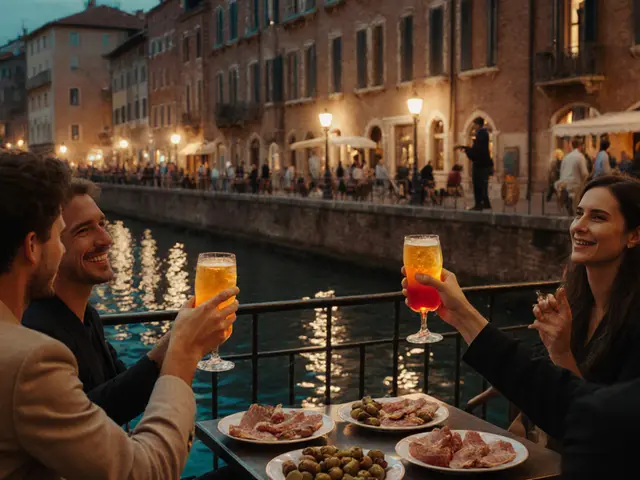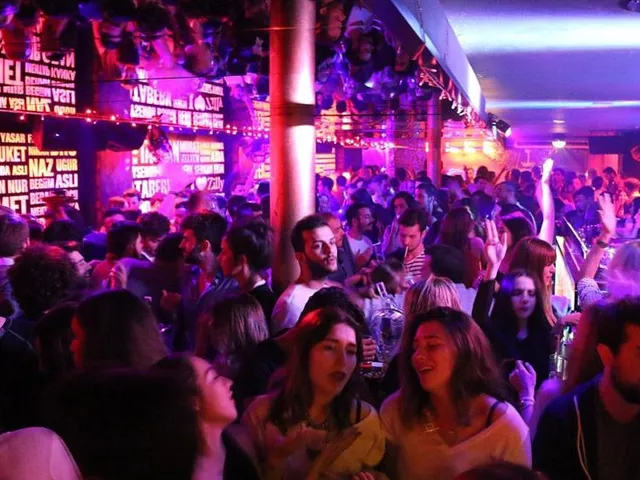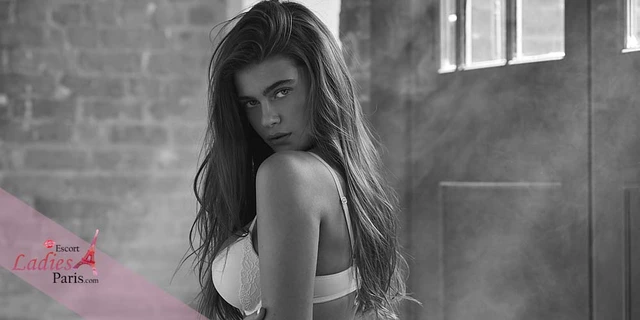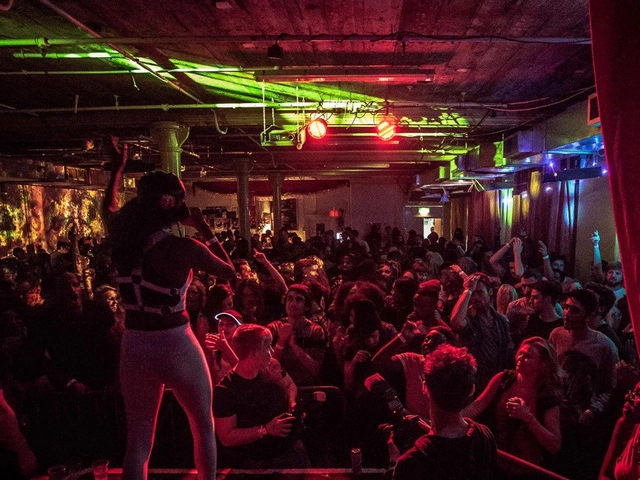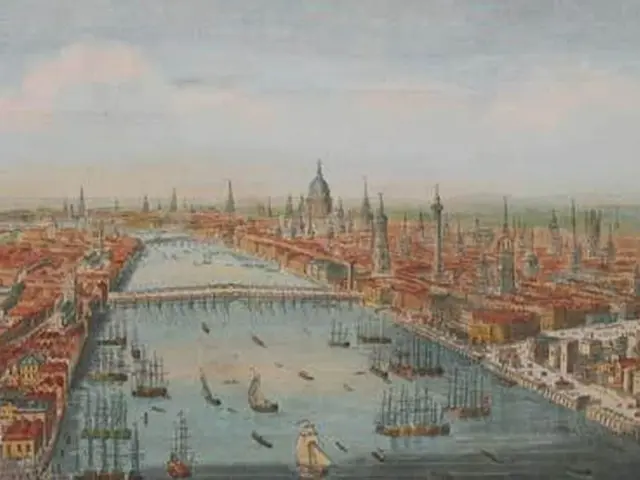
When the sun sets in Milan, the city doesn’t sleep-it transforms. Forget what you think you know about Italian nightlife. Milan isn’t just about fashion shows and fancy cafés. By 10 p.m., the streets buzz with people in designer coats, jazz bands spilling out of hidden courtyards, and cocktail bars where the price of a drink includes a full buffet. This isn’t just partying. It’s a ritual. And if you want to experience it right, you need to know where to go, when to show up, and what to order.
Start with the Aperitivo Tradition
Before the clubs open, Milan does something no other city does quite like: the aperitivo. It’s not a drink. It’s an event. Between 6 p.m. and 9 p.m., bars across the city turn into open-air feasts. Pay €12-€18 for a cocktail, and you get unlimited access to snacks-think gourmet bruschetta, arancini, cured meats, cheese platters, and even hot pasta. It’s not a gimmick. It’s law. The city’s aperitivo culture is so strong that the Italian government even recognizes it as a cultural practice.
Head to Terrazza Aperol in the Navigli district. It’s not the cheapest, but it’s the most authentic. You’ll sit on a terrace overlooking the canals, watch locals mingle, and realize this is how Milanese people unwind. Or try Bar Basso, the birthplace of the Negroni Sbagliato. It’s tiny, no signs, and always packed. You won’t find a menu. Just tell the bartender your mood. They’ll make you something unforgettable.
Where the Locals Go: Navigli vs. Brera
Not all nightlife in Milan is the same. Two districts dominate the scene-and they’re nothing alike.
Navigli is the river-side neighborhood where the city lets loose. Think string lights, live music, and bars that don’t close until 3 a.m. It’s the place for students, artists, and expats. The vibe is casual, loud, and fun. La Baita is the go-to for craft beer lovers. They serve over 50 local brews on tap, and the outdoor seating runs all the way to the canal. On weekends, you’ll find DJs spinning indie rock and electronic beats under the stars.
Brera is the opposite. Quiet, elegant, and full of history. This is where Milan’s intellectuals and fashion insiders go after dinner. The bars here are dimly lit, with velvet couches and jazz trios playing in the corner. Bar Basso is here too, but so is Bar del Fico, a tiny spot that only opens at 10 p.m. and serves whiskey and vermouth in crystal glasses. No music. Just conversation. If you want to feel like you’re in a 1950s Italian film, this is your spot.
Clubbing in Milan: Where the Elite Dance
If you’re looking for clubs that rival Ibiza or Berlin, Milan has them. But they’re not in tourist brochures. They’re tucked into old warehouses, hidden behind unmarked doors, and only open on weekends.
La Scala Club is the most famous. It’s attached to the legendary opera house and only opens on Friday and Saturday nights. Entry is strict-no sneakers, no hoodies, no tourists without a local connection. The music is deep house and techno, played by DJs flown in from across Europe. The crowd? Models, architects, and CEOs who don’t want to be seen at the big-name clubs.
For something more underground, try Magazzini Generali. It’s a former industrial warehouse turned into a multi-level club. The sound system is state-of-the-art. The lighting is hypnotic. And the crowd? Young, diverse, and totally into the music. You won’t find VIP tables here. Just people dancing until sunrise.
And then there’s Teatro degli Arcimboldi. It’s not a club. It’s a cultural experiment. Every Friday, they host live electronic performances mixed with visual art installations. Tickets sell out weeks in advance. You don’t just dance here-you experience something.

What to Wear: Dress Code Matters
Milan doesn’t care if you’re from New York or Tokyo. If you show up in ripped jeans and a baseball cap, you’ll be turned away from half the venues. This isn’t about being rich. It’s about respect.
For aperitivo? Smart casual. A blazer over a t-shirt, dark jeans, clean shoes. For bars in Brera? Think Italian elegance. A silk shirt, tailored pants, loafers. For clubs? No sportswear. No logos. No flip-flops. A well-fitted black jacket, dark trousers, and leather boots are your safest bet. The bouncers notice. They remember.
Women don’t need to wear heels, but they should avoid sneakers and oversized hoodies. A little black dress or a stylish jumpsuit works perfectly. Milanese women dress to impress-not to show off. Subtlety is power here.
When to Go: Timing Is Everything
Don’t show up at 9 p.m. expecting to dance. Milan doesn’t start until midnight.
- 6-9 p.m.: Aperitivo time. The whole city is out. This is when you should be sipping a Spritz and grazing on antipasti.
- 9-11 p.m.: Transition. Bars fill up. People move from Navigli to Brera. You’ll see the shift in dress and music.
- 11 p.m.-1 a.m.: Club doors open. The real night begins. Don’t be early. Wait until the crowd flows in.
- 1-3 a.m.: Peak. The music is loud, the energy is high. This is when you’ll meet the people who make Milan’s nightlife legendary.
- 3 a.m.-5 a.m.: The after-party. If you’re still standing, head to Caffè del Cembalo in Porta Venezia. It’s open 24/7. Coffee, pastries, and quiet conversation after the chaos.

What to Drink: Beyond the Spritz
Yes, the Aperol Spritz is everywhere. But if you only order that, you’re missing half the story.
- Negroni Sbagliato - The city’s signature. Gin, Campari, and sparkling wine. Served in a large glass with an orange twist. Bar Basso invented it in 1967.
- Amaretto Sour - Sweet, tart, and perfect after a long night. Made with local amaretto from Saronno.
- Prosecco on Tap - Yes, it’s a thing. Bars in Navigli serve it from kegs. It’s cheaper, fizzier, and way more fun.
- Italian Whiskey - Brands like Alambicco and Distilleria del Duomo are making world-class single malts right here in Lombardy. Try them neat.
Don’t ask for vodka sodas or mojitos. You’ll get a look. Milan knows its liquor. Ask for what’s local. Ask for what’s seasonal. The bartenders will reward you with something better than you expected.
What to Avoid
There are traps. Don’t fall for them.
- Tourist traps in Porta Romana - Bars with English menus, loud EDM, and overpriced drinks. They’re designed to take your money and nothing else.
- Clubs that charge €50 cover - If they’re not La Scala Club or Magazzini Generali, they’re not worth it. Most clubs charge €10-€15. Anything more is a scam.
- Walking alone after 2 a.m. in the wrong areas - Milan is safe, but stick to well-lit streets. Avoid the outskirts of Centrale Station after dark.
- Trying to party like it’s London or Miami - Milan moves slower. It’s not about getting wasted. It’s about savoring the moment.
Final Tip: Learn One Italian Phrase
Say "Un bicchiere di vino rosso, per favore." - "A glass of red wine, please."
It’s simple. It’s polite. And it works everywhere. Whether you’re in a Michelin-starred bar or a hidden cellar in the Brera alleyways, saying that phrase will get you a smile, a better seat, and sometimes, a free appetizer.
Milan’s nightlife isn’t about being seen. It’s about being present. It’s about tasting the city after hours. And if you do it right, you’ll leave not just tired-but changed.
Is Milan nightlife safe for tourists?
Yes, Milan is one of the safest major cities in Europe for nightlife. The main districts-Navigli, Brera, and Porta Venezia-are well-lit and patrolled. Avoid isolated areas near Centrale Station after midnight. Stick to busy streets, and don’t carry large amounts of cash. Most clubs have security, and locals are helpful if you look lost.
Do I need to book tables in advance?
For aperitivo spots like Terrazza Aperol or Bar Basso, no-just show up. For clubs like La Scala Club or Teatro degli Arcimboldi, yes. Tickets often sell out days ahead. Book online through their official websites. Walk-ins are rarely allowed at top clubs, especially on weekends.
What’s the best night to go out in Milan?
Friday and Saturday are the busiest, but Wednesday and Thursday nights are where locals go when they want to avoid crowds. Clubs like Magazzini Generali often have themed nights on Thursdays-live visuals, experimental DJs, and lower prices. If you want the real Milanese vibe, go midweek.
Are there any free nightlife options in Milan?
Yes. Many bars in Navigli host free live music on Sundays. The Duomo area has open-air jazz nights in summer. The Brera Art Gallery sometimes stays open late with free wine tastings. Check local event boards at MyMilano or Time Out Milan for free events. You don’t always need to spend money to enjoy the scene.
Can I use credit cards everywhere?
Most places accept cards, but smaller bars and some clubs still prefer cash. Always carry €20-€30 in euros. Some aperitivo spots charge a small fee for card payments. ATMs are everywhere, but avoid ones with high fees-use those inside banks like Intesa Sanpaolo or UniCredit.


